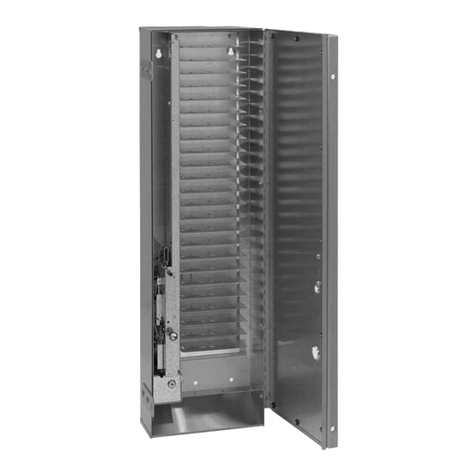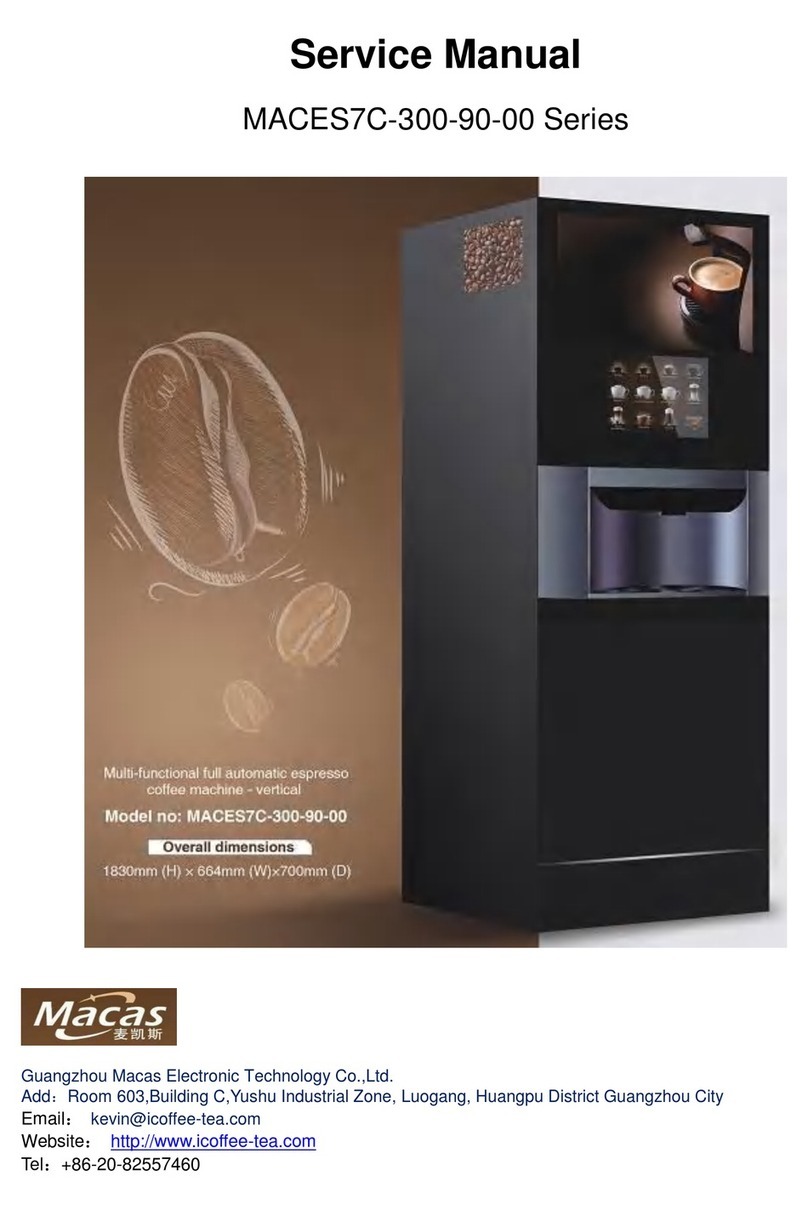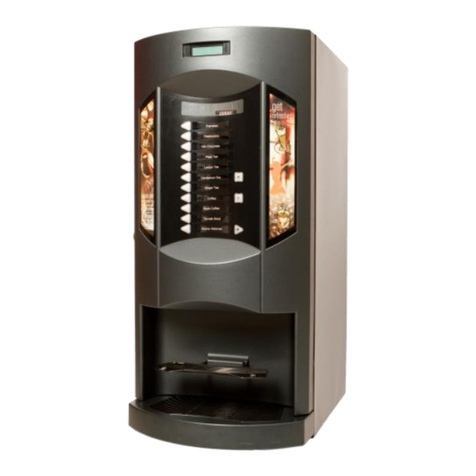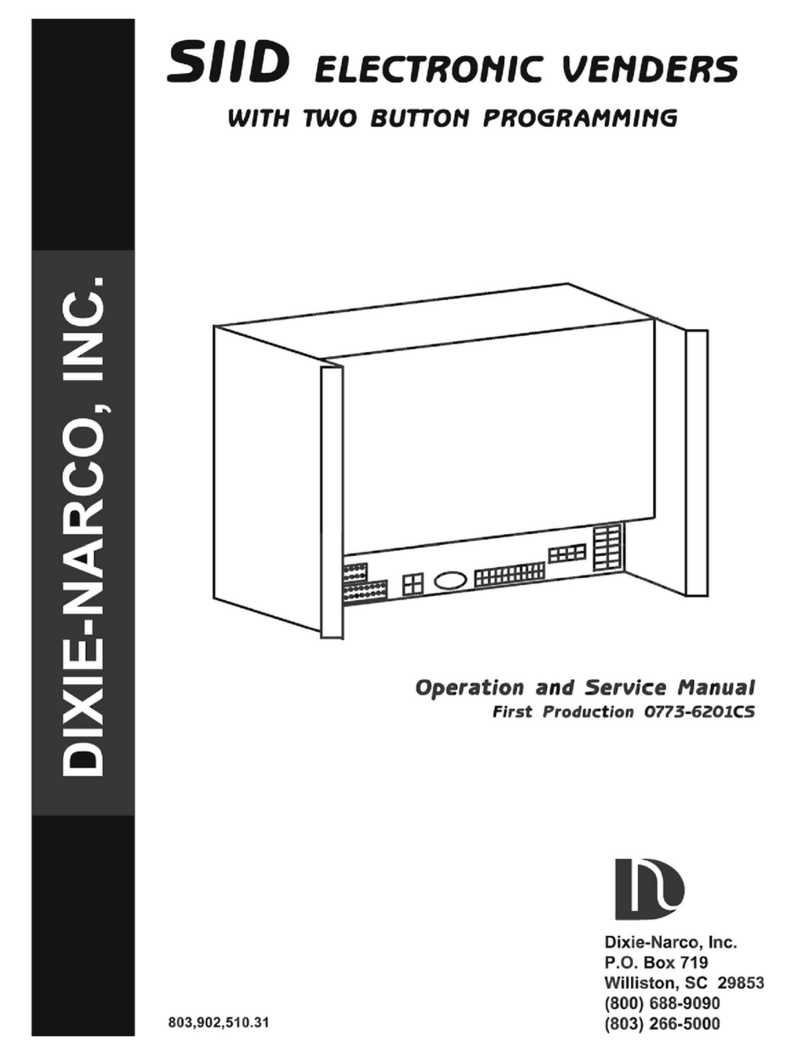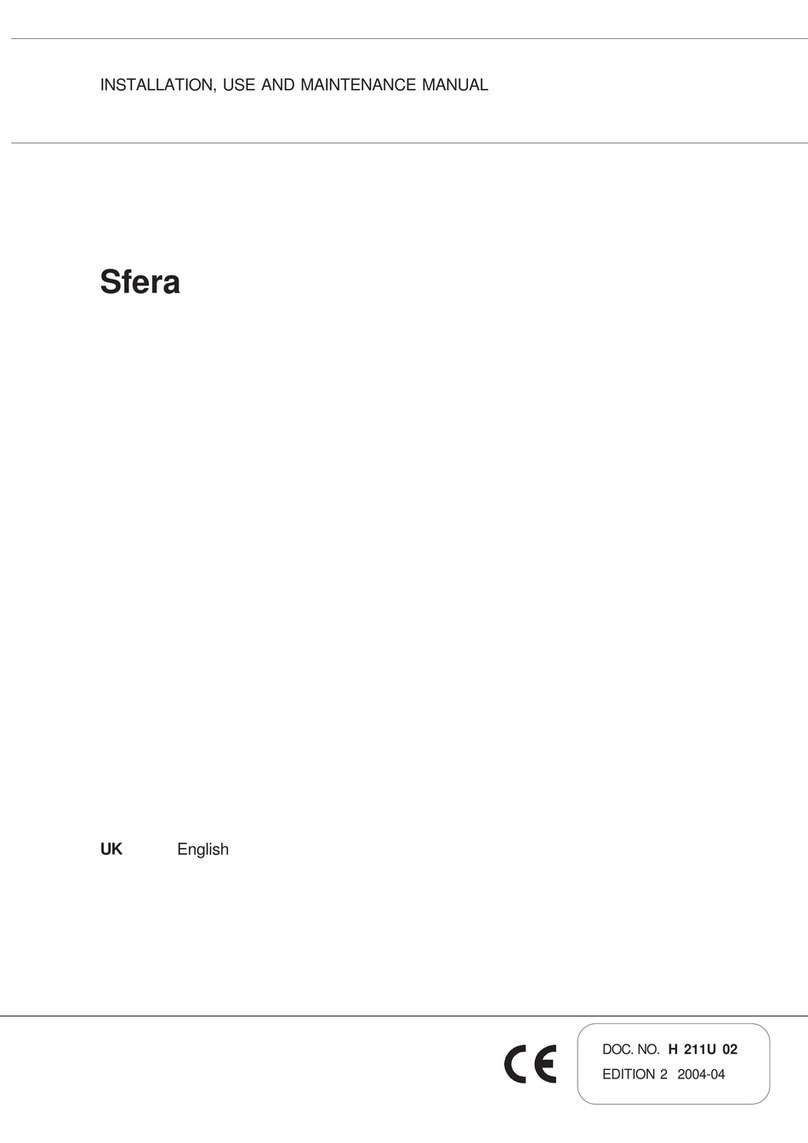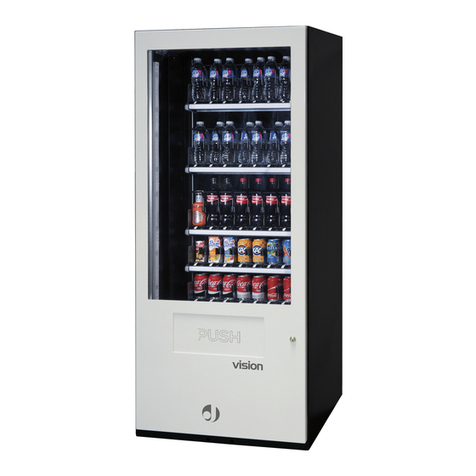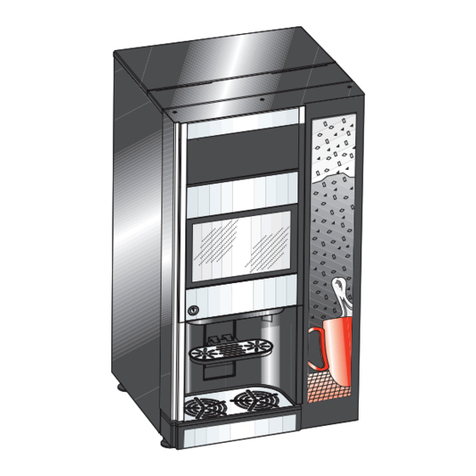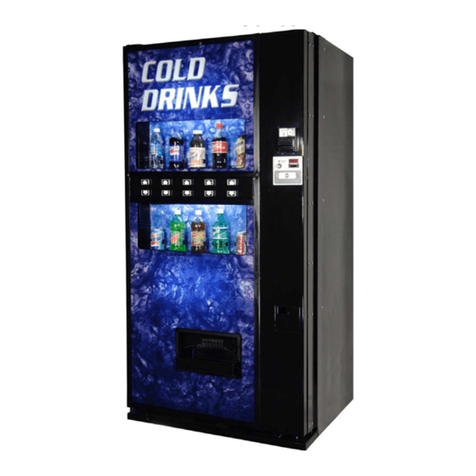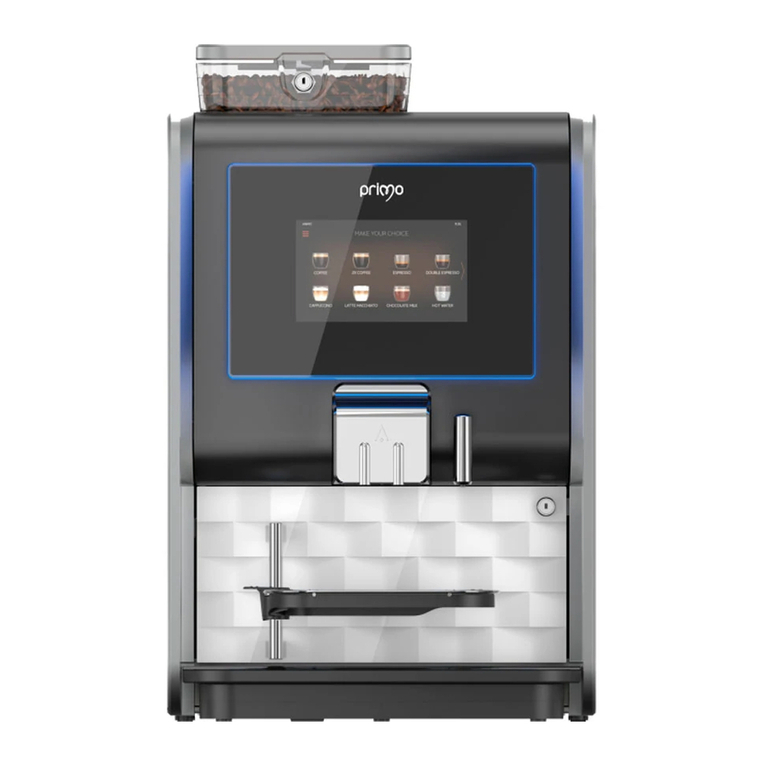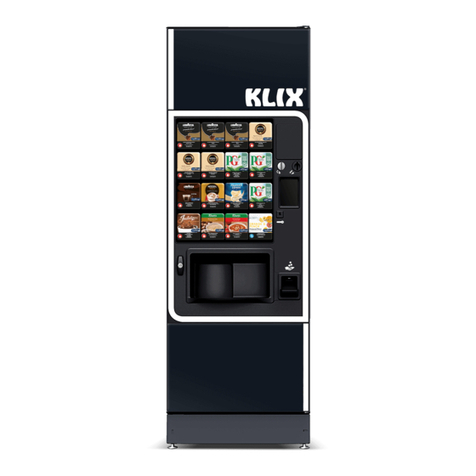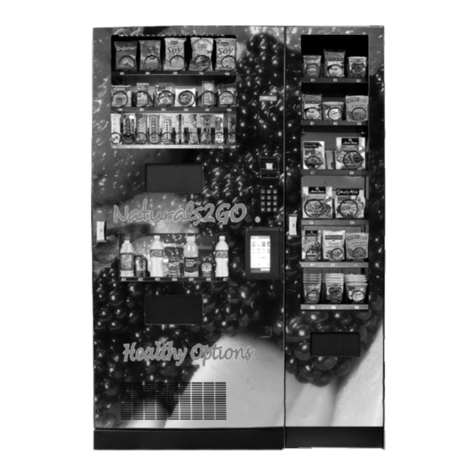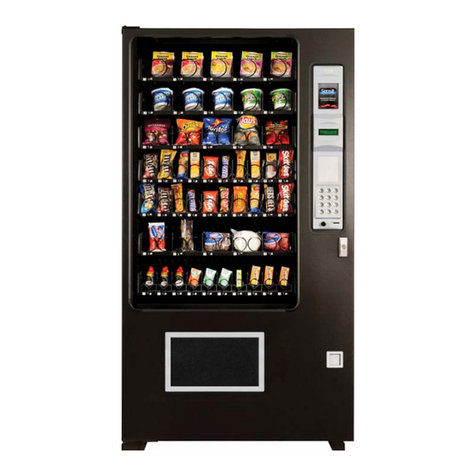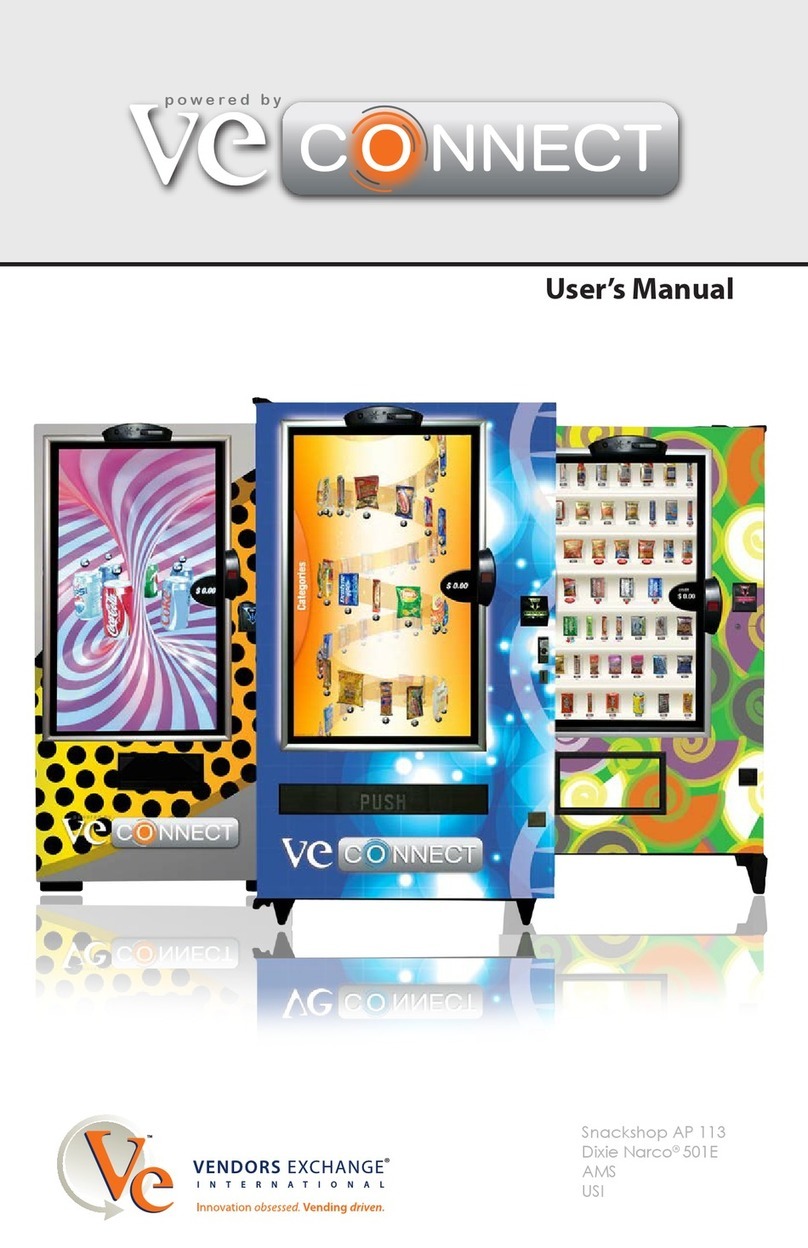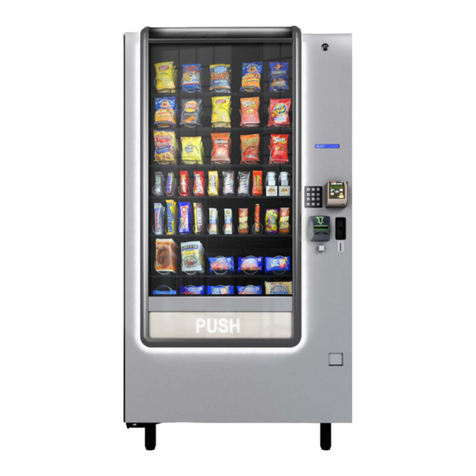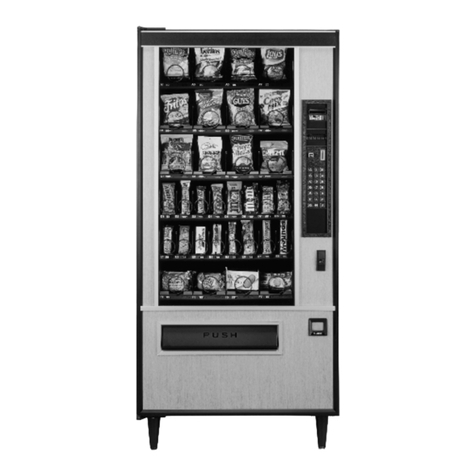TABLE OF CONTENTS
INTRODUCTION....................................................................................................................1
SPECIFICATIONS.................................................................................................................2
ELECTRICAL................................................................................................................................................2
REFRIGERATION ........................................................................................................................................2
CAPACITY....................................................................................................................................................2
SIZE..............................................................................................................................................................2
FEATURES...................................................................................................................................................2
UNPACKING .........................................................................................................................3
INSTALLATION.....................................................................................................................3
INSTALLATION CHECKLIST.......................................................................................................................3
INITIAL INSTALLATION (Model # 3578 & 3578G)......................................................................................4
GROUNDING (EARTHING) & ELECTRICAL ..............................................................................................5
INSTALL BOTTOM KICK PANEL ................................................................................................................6
LOADING ..............................................................................................................................6
LIVE DISPLAY..............................................................................................................................................9
DROP SENSOR...................................................................................................................10
NORMAL VEND OPERATION.............................................................................................10
STAND-BY CONDITION ........................................................................................................................... 10
ESTABLISHING CREDIT.......................................................................................................................... 10
VALID SELECTION................................................................................................................................... 10
VEND SEQUENCE.................................................................................................................................... 10
PRODUCT DELIVERY .............................................................................................................................. 10
REFRIGERATION................................................................................................................11
REFRIGERATION CONTROLS................................................................................................................ 11
REFRIGERATION TROUBLESHOOTING................................................................................................ 11
TROUBLESHOOTING CIRCUITS WITH MULTI-METER........................................................................ 13
REFRIGERATION UNIT REMOVAL......................................................................................................... 14
CARE & CLEANING............................................................................................................15
CABINET EXTERIOR................................................................................................................................ 15
CABINET INTERIOR................................................................................................................................. 15
REFRIGERATION SYSTEM ..................................................................................................................... 15
PARTS ORDERING PROCEDURE .....................................................................................16
BEFORE CALLING FOR SERVICE.....................................................................................16
